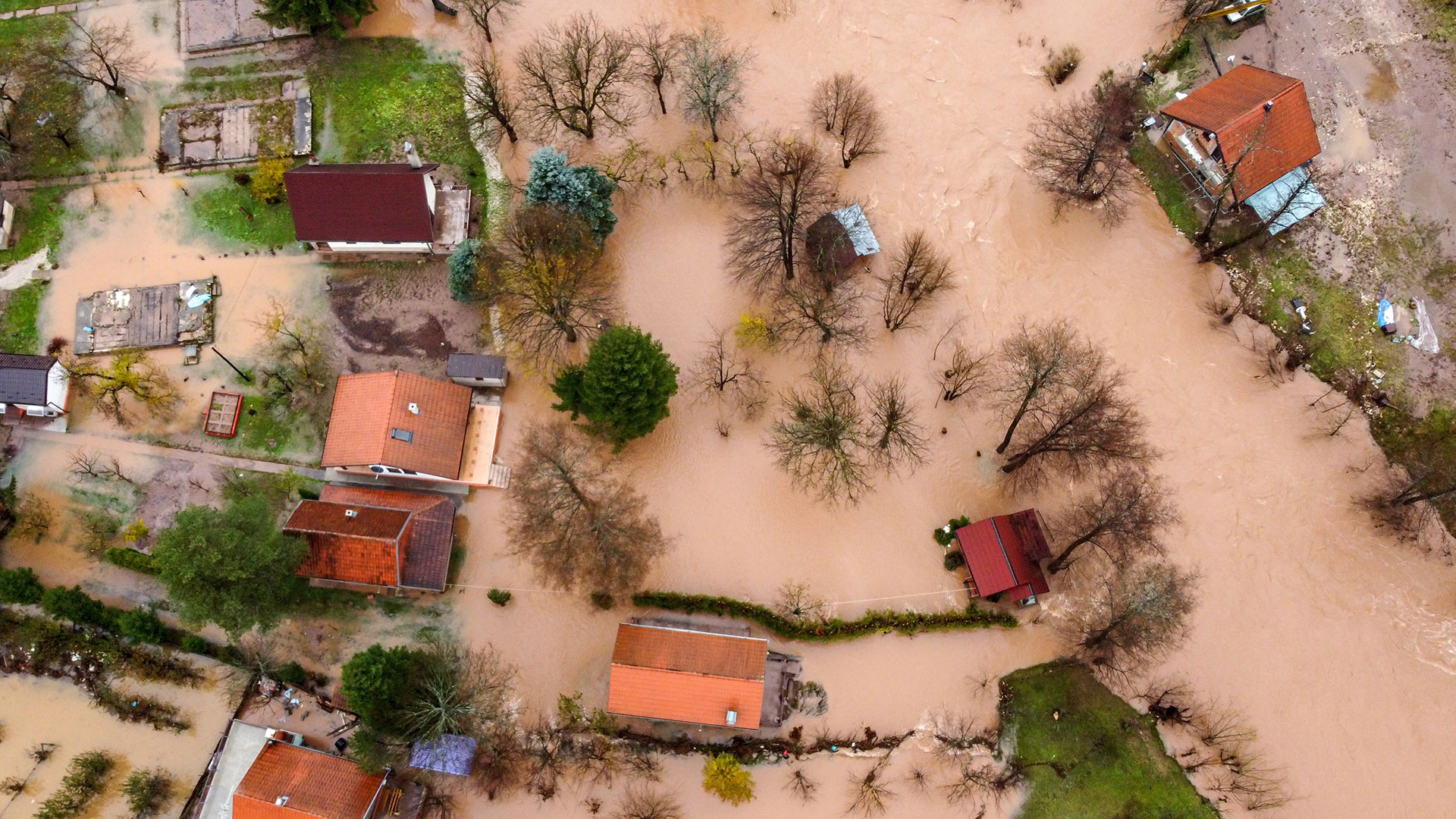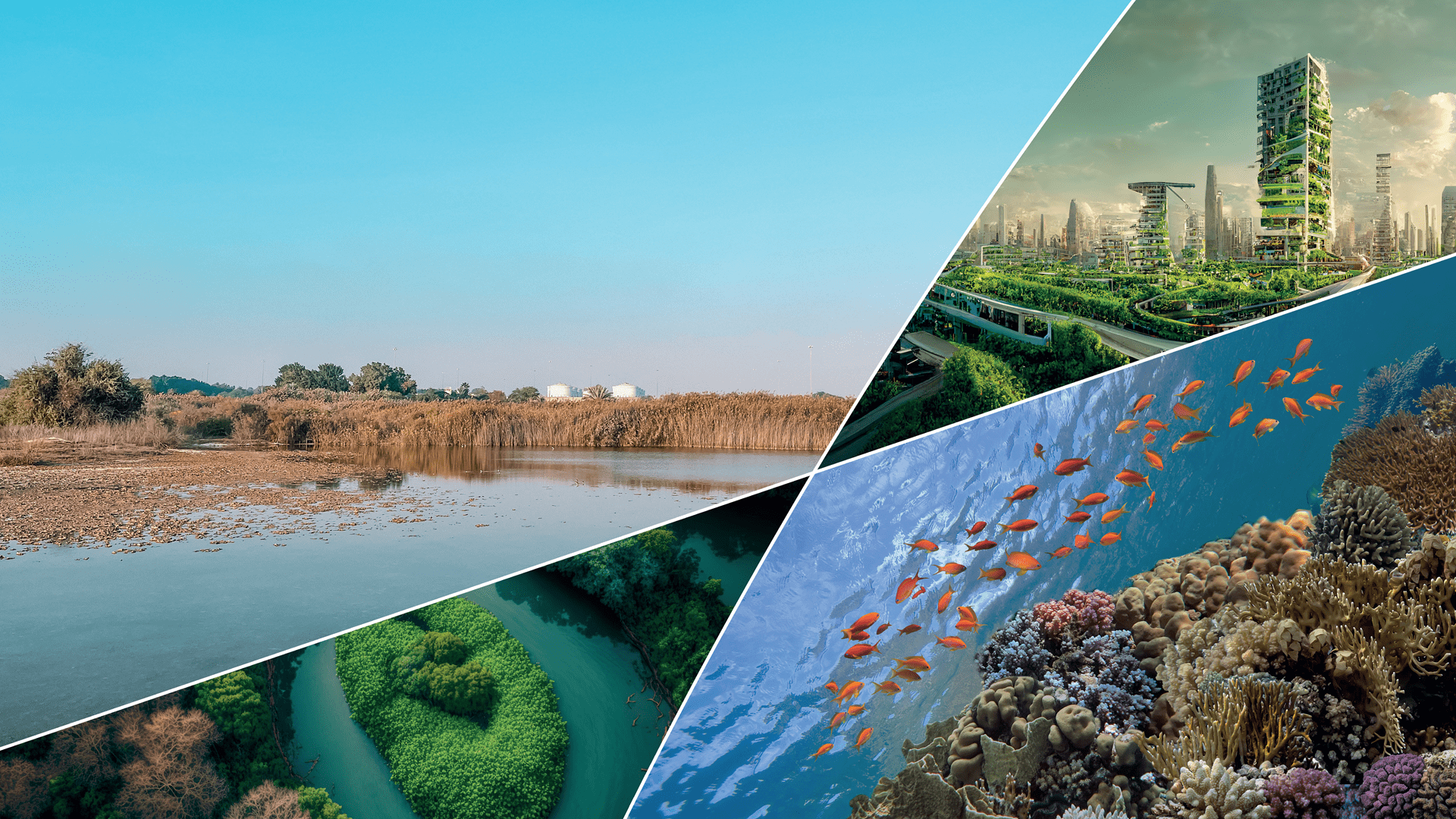Climate change: How can we still secure a safe and liveable future?

While it doesn’t include any new ‘news’, the report provides a comprehensive summary of the current status and trends, future climate change risks, and both short- and long-term responses.
There’s no shying away from the fact that things are getting worse, and the impact of that will continue to escalate the longer we hesitate to take steps to meet the collective 1.5 degree Celsius target to limit global warming.
Here, I share my thoughts on how we can collectively move forward.
The survival guide
The IPCC report shows the devastating consequences of greenhouse gas emissions around the world, and the irreversible risks that we face if we don’t manage to bend the curve. The world is so off track we’re heading into a cul de sac of climate change with more intense heatwaves, heavier rainfall and increased risks for human health and ecosystems alike.
But at the same time, the report identifies a number of pathways to avoid these risks. How we can reduce emissions, scale up carbon removal and build resilience – and even within the very small timeframe we face, this is our opportunity to take things into our own hands. It’s up to us to choose how we embrace the ‘survival guide for humanity’ that this report provides.
Scaling up
One of the points made in the IPCC report is that a lot of the adaptation and mitigation measures are happening at too small a scale. They are reactive and incremental, with most focussing on immediate impacts or near-term risks.
We are implementing the right strategies and the right measures to change this for our clients, but we need to scale up action – and we’re in a good position to do that.
At the same time, it also flags the importance to us to make an impact and to explore unknown territories. We need to show leadership and be frontrunners, brave enough to prepare for tomorrow’s business by addressing the challenges we face from an outside-in perspective. That is doable, and it’s crucial to stay relevant in these difficult times, enhancing society together.
Recent coastal resilience projects in the Philippines, Vietnam, Mozambique and the Sundarban in India are good examples of how we’re doing this. We have contributed by drafting together with all local stakeholders plans and roadmaps of activities towards sustainable long-term resilience in water management and flood safety, enhancing biodiversity and society together.
Three steps to change
To protect our people and our planet, we must fight a battle on two fronts – reducing greenhouse emissions to meet legislation and demands, while simultaneously managing the risks present today.
There are three key areas where I can see real potential for transformation when it comes to climate change:
1) Nature-based solutions
Climate change is increasing at pace, we’re adapting to survive and that means we need to make sure the solutions we build today, will still be effective tomorrow. There’s so much we can do to make a difference in the world without using steel and concrete, and nature-based solutions are often more adaptive than conventional ones. By making the most of the force, power and adaptability of nature, we can build with nature, taking a long-term view.
2) Net-zero strategies
The IPCC states that we need to peak our greenhouse gas emissions by 2025, we need to have halved our emissions by 2030 and reach net-zero by 2050. We’re creating close connections with industry, infrastructure operators and owners, banks and reinsurers to really look at how we can make a difference in their day-to-day operations, their assets, their portfolios and show them the way to reduce their impact on the climate in order to reach these goals.
3) The financial business case
Ultimately, it all comes down to money. The gap between today’s level of adaptation and those required, is the result of limited finance. The IPCC states that developing countries will need $128billion per year by 2030 and $295billion per year by 2050 in order to adapt to climate change. Only 4-8% of that is in place today. Our job is to make climate resilient solutions a more appealing investment for financers and to demonstrate their true value in combatting climate change. We have to build the financial business case and bridge the gap between industry and financers – taking an outside-in view to accelerate the change we need.
And these points are all backed-up by what we learnt at the UN 2023 Water Conference last month – especially the need to accelerate blue finance of nature-based solutions in order to safeguard our access to clean water and invest in a sustainable water economy – the topic of one of our sessions at the event.
We know that there is money available to invest in these kind of solutions – the real challenge is that the financing vehicles are not yet in place to facilitate that investment, and that’s where we need to instigate change to demonstrate the human impact element which brings real value.
A window of opportunity
The IPCC report paints a devastating picture. But it also highlights pathways to avoid the intensifying risks which we face. Now is the time for us to take action to reduce these emissions, to scale our carbon removal and build up climate resilience in a sustainable, future proof and cost-effective way.
It’s no secret that the window to address the climate crisis is rapidly closing. But I believe that together, we can still secure a safe and liveable future.
Read more about adapting and thriving in an ever-changing world
Want to know moreor got a question?
Contact our Climate Resilience experts!




